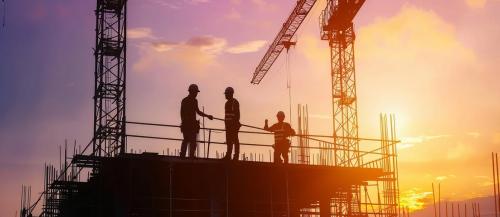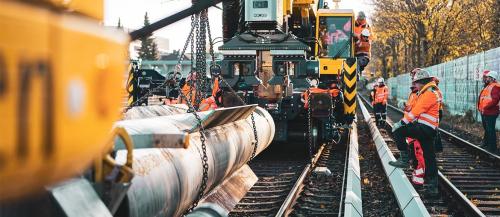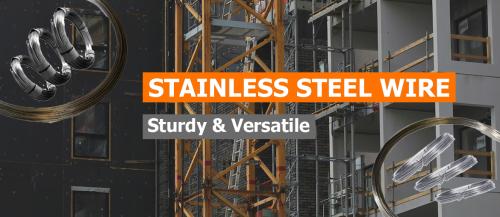Stainless steel is utilised across the globe for numerous purposes, including products as small as screws and nails, to enormous architectural structures. Here at BS Fixings, we are experts in the stainless steel industry, supplying fixing and fastening products that are durable and high-quality. Our fascination with stainless steel never stops, and we are always learning new things about the alloy.
One industry that utilises stainless steel across the board is the aerospace industry, which heavily relies on stainless steel as a key material. Aircraft fly between altitudes of 31,000 to 38,000 feet every day, transporting people and cargo across the world. Due to this, planes and air transportation must be reliable. If you would like to picture how high that is, Mount Everest, the tallest mountain in the world is 29,029 feet!
As a result of the extreme pressure in the lower stratosphere and fluctuating temperature ranges, aircraft parts need to be manufactured out of materials that offer strength, corrosion resistance, and durability. From small planes to huge models such as the Antanov AN-225 (which has a max gross take-off weight of 640,000kg), stainless steel is used for a variety of aerospace components, including fuel tanks, engines, cockpits, and other structural parts.
Why is stainless steel beneficial to the aerospace industry?
Just like how we use stainless steel grades to create different fixing products, the aerospace industry also utilises and takes advantage of the variety of grades for aerospace applications.
Before the popularity of using stainless steel, aluminium was traditionally used to create aircraft mechanisms, however, it was found to have a much lower tensile strength. Although stainless steel is heavier than aluminium, it is more resistant to wear and tear, is resilient to corrosion, and has high-temperature oxidation resistance, overall making it a more attractive material. Its malleability also allows engineers to accurately create aircraft parts, such as fasteners and landing gear components.
Find some examples below of where stainless steel is used:
- Fuel tanks – where corrosion resistance is a priority, austenitic AISI 304 grade is used, to protect components in mild environments such as cabins and internal fuel tanks. Austenitic AISI 316 and AISI 321 are also utilised for these conditions. Austenitic stainless steel is a unique composition of carbon, nickel, and chromium, which gives the alloy incredible strength against temperatures.
- Exhausts and engine parts – where oxidation resistance is key, grades such as ASTM S30415 and ASTM S30815 are used, as well as AISI 309 and 310. These stainless grades can withstand temperatures up to 1150°C!
- Structural parts (landing gear, fastenings, wings) – both austenitic and ferritic stainless steel are used for the structural components of a plane. Ferritic stainless steel is slightly less durable than austenitic steel and can be used in less harsh conditions. Despite this, it is still highly corrosion-resistant, which makes it ideal for other common parts.
Not only does stainless steel provide functional benefits, but it has aesthetic qualities too, offering a high-shine appearance. For aircraft spotters, aviation enthusiasts, and even those who work with planes daily, the aesthetic benefits of stainless steel can be rewarding too.
With the abundance of benefits that stainless steel reaps, no wonder it has become an important material in the aerospace industry!






